Blue Architecture: Building Design for Our Oceans
The way that we build can have profound impact on our oceans and, in an era in which global warming is rapidly changing ecosystems, building responsibly is vital for our oceans.
View Post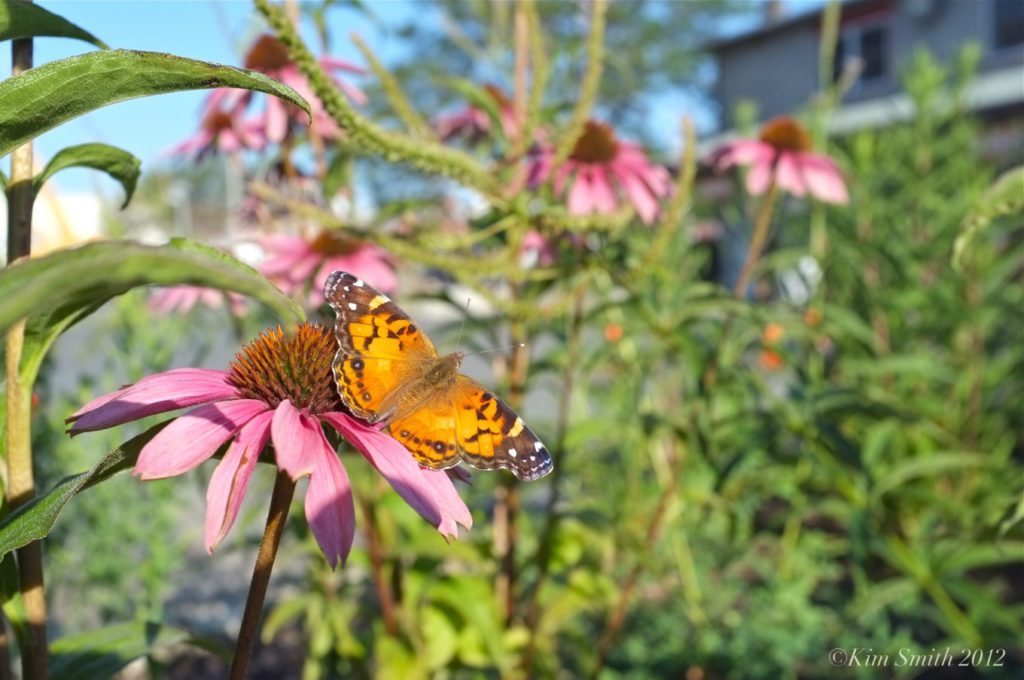
The aquariums we design have become exceptionally sophisticated spaces that allow us to view, engage with and research marine life in many ways. Evolving manufacturing techniques for plexiglass enclosures allow for new tank shapes; a robust set of filtration and pumping technologies known as Life Support Systems, or “LSS,” provides for the welfare of animals within the building; and a great deal of care is devoted to the selection of species that may co-reside in a habitat. When we, as a profession, put in the time to understand and provide for other species, we can harness sophisticated technology; yet relatively little effort has gone into architecture that provides for the welfare of wildlife outside our buildings.
Following are ten technologies, techniques, and concepts that can be followed to create spaces that treat fauna with the care shown to those within our aquariums and zoos:
This strategy is well-known but is the first step in a “do no harm” approach towards our ecosystems. Passive House standards provide a good model for energy efficiency; ideally our designs generate all energy on-site from renewable energy sources such as photovoltaics and geothermal. Minimizing the amount of toxic chemicals used on site and using best practices to control and treat water run-off from a building are also critical.
Check our recent interview with our Passive House Certified Professionals to learn more.
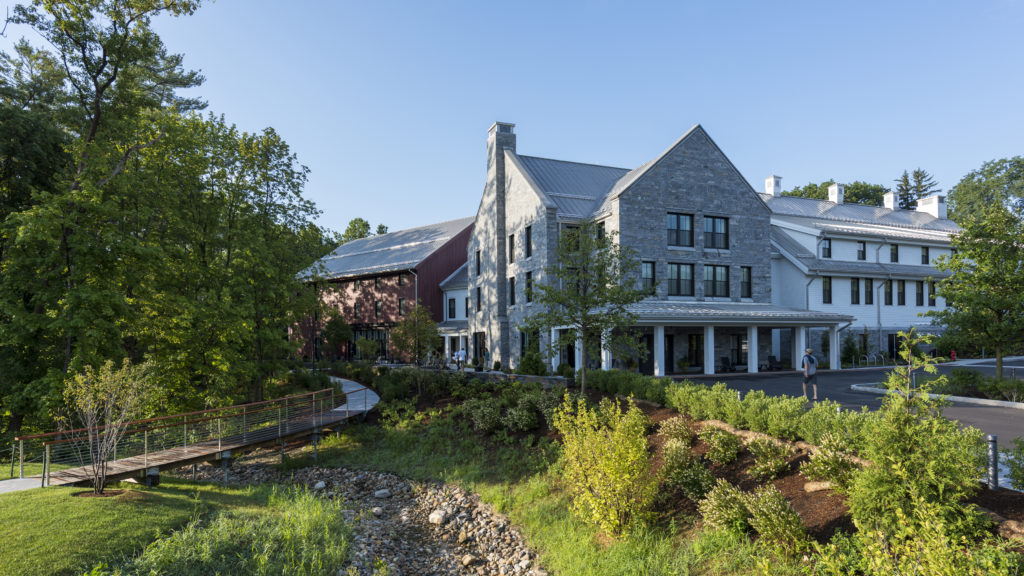
A careful analysis of existing conditions, or pre-existing conditions, on a brownfield should be part of site planning and design. Wetland habitats are especially vital aspects of the environment due to their shallow water level and high quantities of nutrients. They are ideal for the development of organisms that form the base of the food web and provide great volumes of food that attract many animal species, and if they are to be disrupted, should be replaced at a minimum 1:1 ratio.
Protection of wetlands and critical aquatic habitats can also be supported by designing buildings that use no more water than can be supplied by captured precipitation, natural closed-loop water systems or by recycled project water.
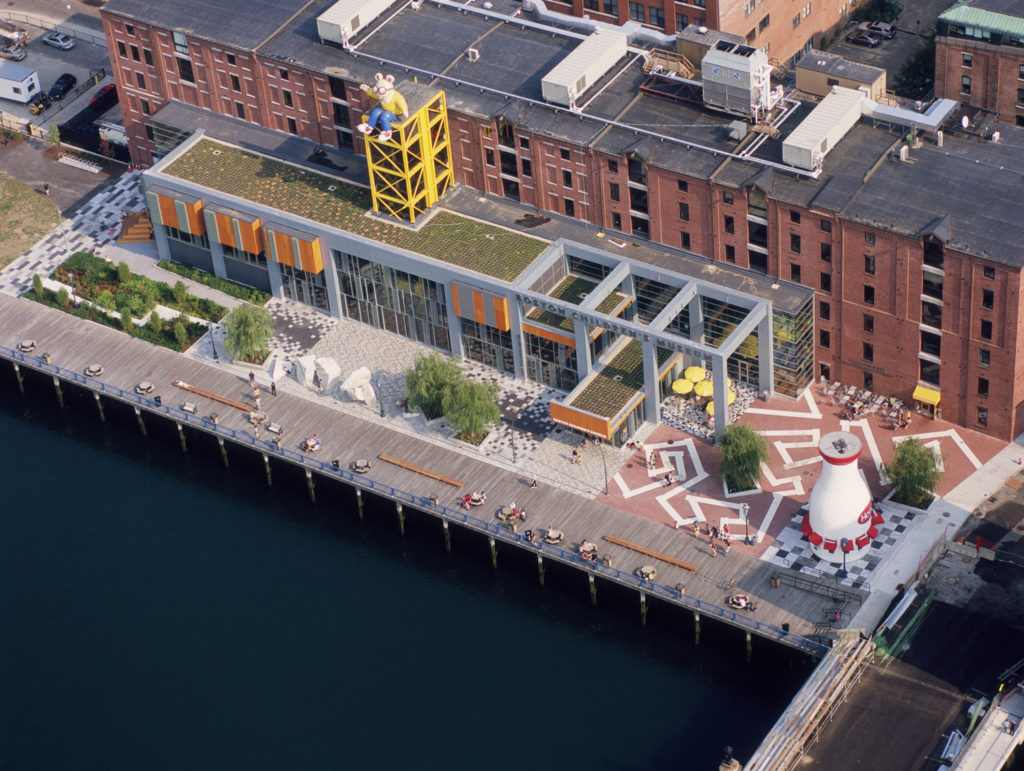
Heat islands—increased temperatures in populated areas due to the absorption, retention and generation of heat by buildings and pavement—contributes to animal mortality and even provides a preview of the negative effects of climate change. A robust tree canopy, planted surfaces (including roofs), open-grid pavement systems and strategic building massing can mitigate heat island impacts.
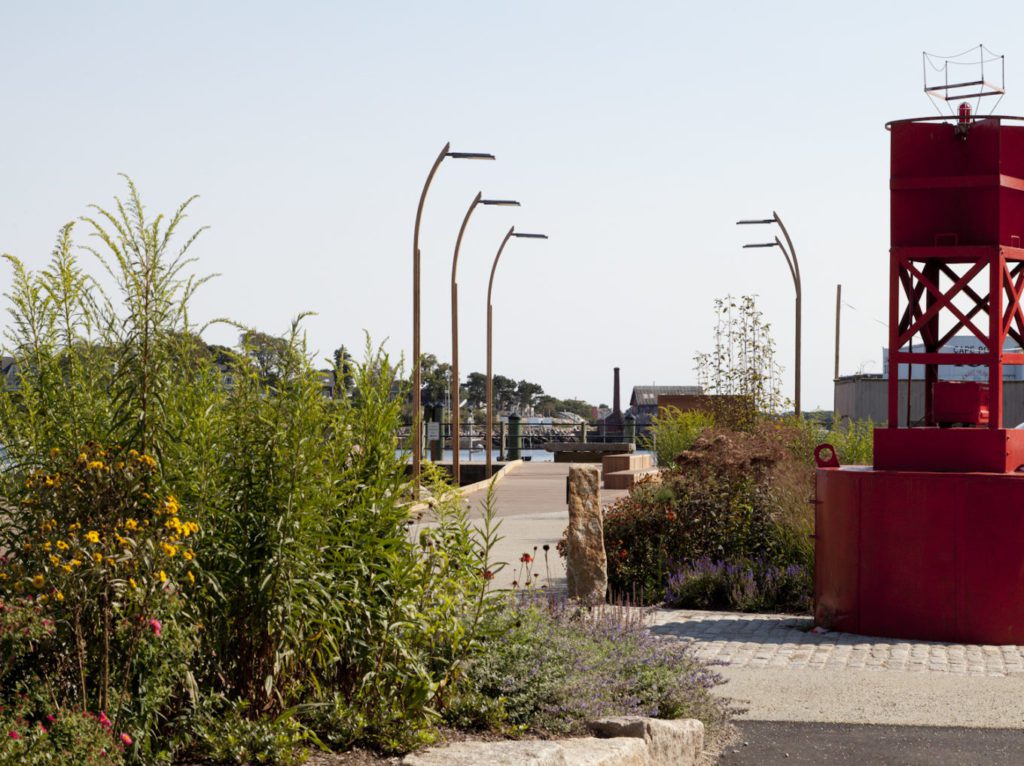
When providing tree canopy, landscaping and planted roofs, it is vital to specify heterogeneous planting that prioritizes indigenous species and those that attract pollinators. City parks and open spaces could even be allowed to “re-wild,” a strategy to help municipalities deal with post-COVID budget reductions. Planting on adjacent sites also merits consideration, with the goal of connecting to complementary, adjacent micro-habitats.
At waterfront sites, the undersides of structures offer an opportunity to accommodate diverse marine species by creating surface variation friendly to a range of seaweed, barnacles, and filter feeders, an approach recently demonstrated by the California College of the Arts’ “Buoyant Ecologies Float Lab” in San Francisco Bay.
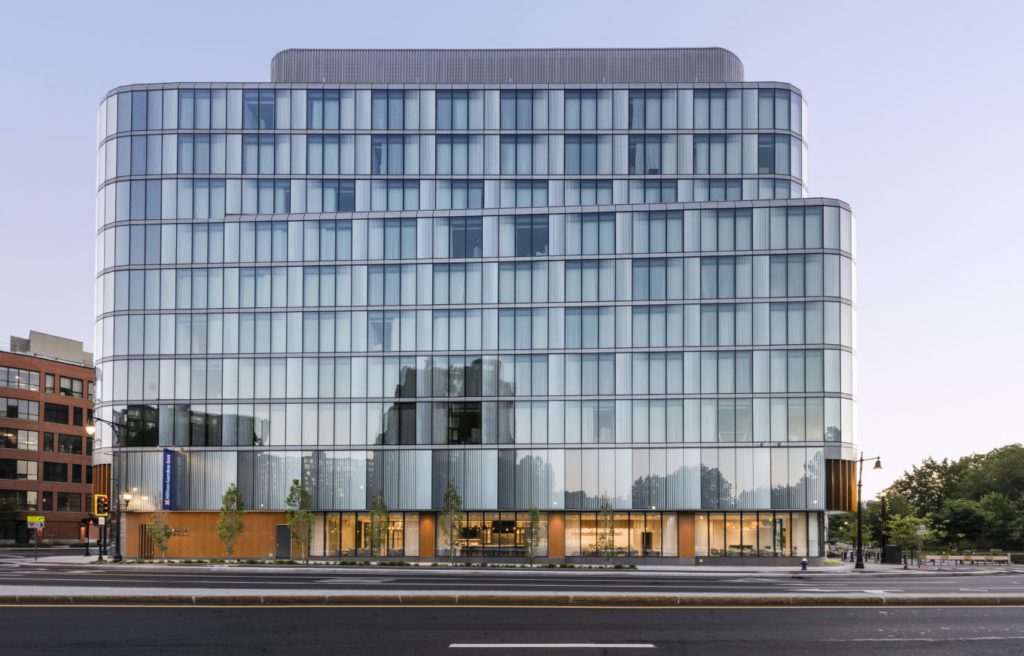
Architects also have an obligation to make buildings more friendly to birds and recent product developments have increased the effectiveness of bird-safe glass. Options include the incorporation of properly-spaced ceramic frit on the outside surface of glass, the application of louvers and various UV glass patterns.
Less frequently discussed is the effect of anthropogenic noise on wildlife. Research has shown that noise from buildings and traffic affects the ability of birds to mate or protect their territories due to decreased song range. Many urban communities have ordinances mandating the loudness of mechanical equipment at different frequencies and times of day. Buildings should likewise be designed for appropriate acoustic parameters on sites at wildlife interfaces.
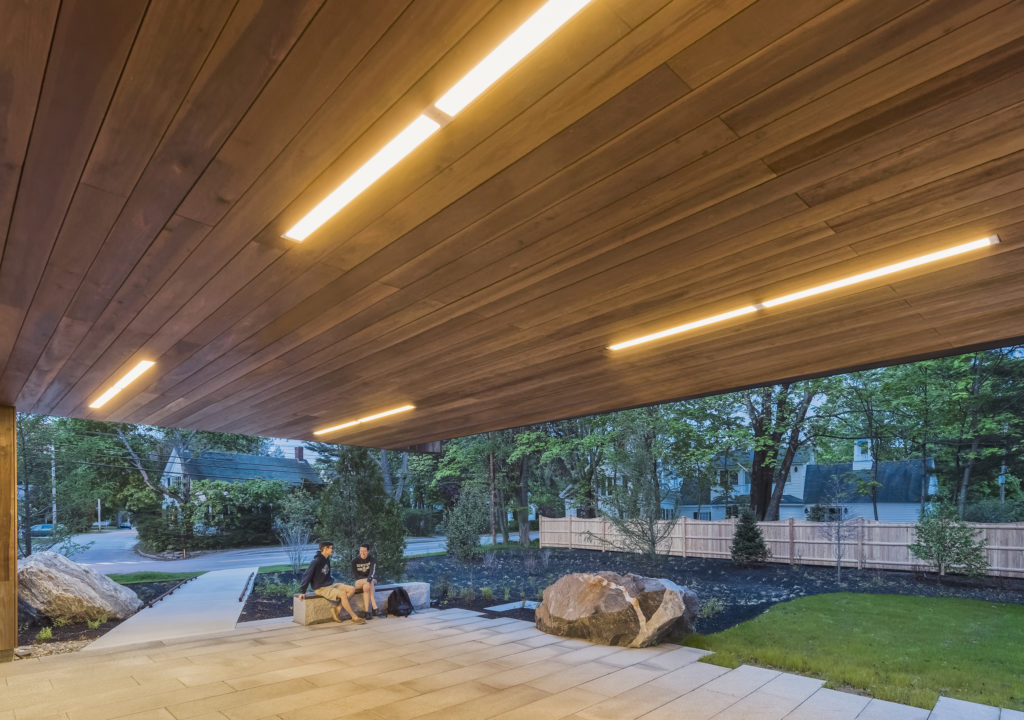
Exterior lighting should meet International Dark Sky Association requirements. This prevents artificial lighting from disrupting the nocturnal environment, which can have devastating effects on wildlife. Prey species are less able to use darkness as cover; frogs and toads’ nighttime croaking, critical to breeding, is reduced. Sea turtle hatchlings may head towards artificial lights as opposed to the ocean’s horizon. Finally, bright lights may disrupt the migratory schedules of birds, drawing them toward cities and increasing their chances of building collisions.
Building construction should also be done with regard for wildlife. Noise, site runoff and excessive temporary lighting can have profound impacts and should be avoided during mating season if endangered species live adjacent to, or on, a site.
We are very good at creating architecture for animals intended to occupy our buildings. We must use these skills to design spaces that also benefit wildlife outside our buildings. As the pace of development multiplies and climate change makes ecosystems increasingly unstable, designing for wildlife is necessary for our environment as well as for our own welfare.
This article was originally published September 29, 2020
The way that we build can have profound impact on our oceans and, in an era in which global warming is rapidly changing ecosystems, building responsibly is vital for our oceans.
View PostThis World Oceans Day, we're celebrating by highlighting the ambitious work of some of our nature-focused clients with tips for how everyone can help protect the Earth's blue wonders.
View PostMetal Architecture - January 2, 2020
Sustainable materials played a significant role in the design of the Pulichino Tong Business Center at UMass Lowell, as this feature in Metal Architecture details.
View Post